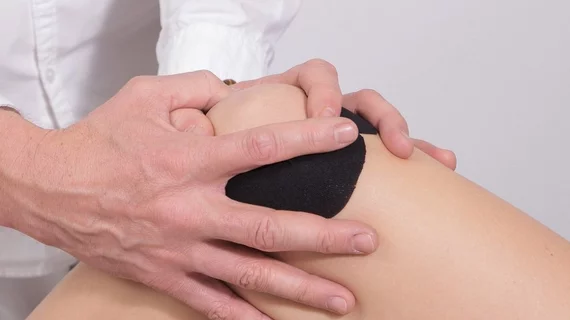New 3D imaging algorithm detects changes in arthritic joints better than x-rays
Researchers from the University of Cambridge in England have developed a new semi-automatic 3D imaging technique, called joint space mapping (JSM), that detects tiny changes in arthritic joints, sharing their findings in a new study published by Scientific Reports.
Data suggests that joint diseases such as osteoarthritis, inflammatory arthritis and gout affect as much as 25 percent of the U.S. population, the authors wrote, and imaging plays an important role in caring for those patients. Traditional x-rays, however, do not have enough sensitivity to detect some of the subtler changes in arthritic joints.
“In addition to their lack of sensitivity, two-dimensional x-rays rely on humans to interpret them,” lead author Tom Turmezei, MD, said in a news release from the University of Cambridge. “Our ability to detect structural changes to identify disease early, monitor progression and predict treatment response is frustratingly limited by this.”
With these challenges in mind, Turmezei and colleagues developed their JSM algorithm, which is able to analyze images from standard CT exams to identify changes in the space between each bone. The authors found that their algorithm “exceeded the current ‘gold standard’ of joint imaging with x-rays.”
Once the algorithm’s clinical utility is confirmed, the authors noted that this could represent “an important step forward in quantitative analysis of joint disease as an alternative to 2D radiographic imaging” and that JSM could someday be used to assess joint issues in the hips, knees and ankles of patients everywhere.
“Using this technique, we’ll hopefully be able to identify osteoarthritis earlier, and look at potential treatments before it becomes debilitating,” Turmezei said. “It could be used to screen at-risk populations, such as those with known arthritis, previous joint injury, or elite athletes who are at risk of developing arthritis due to the continued strain placed on their joints.”

